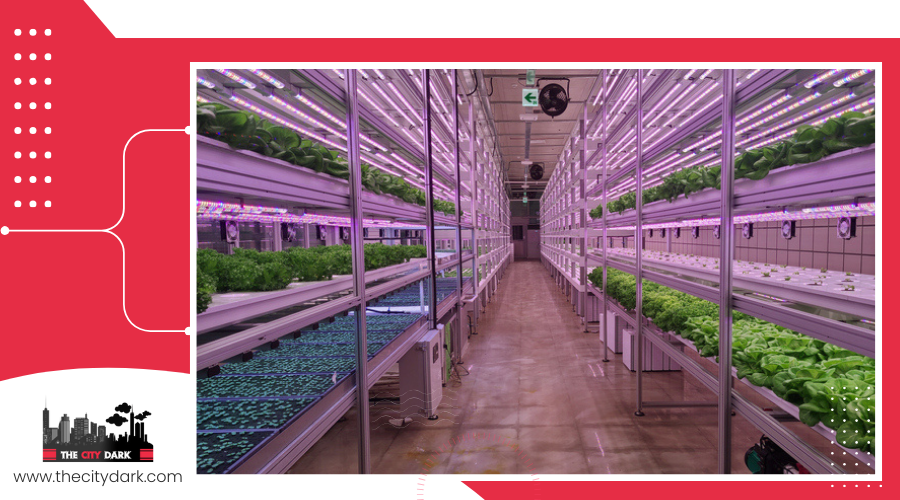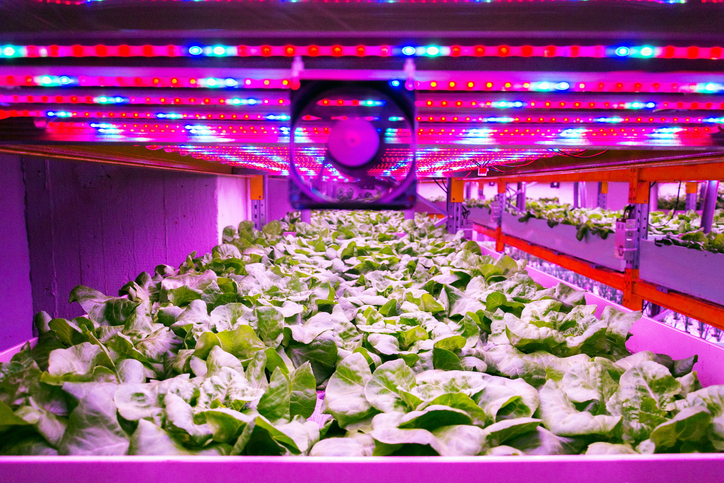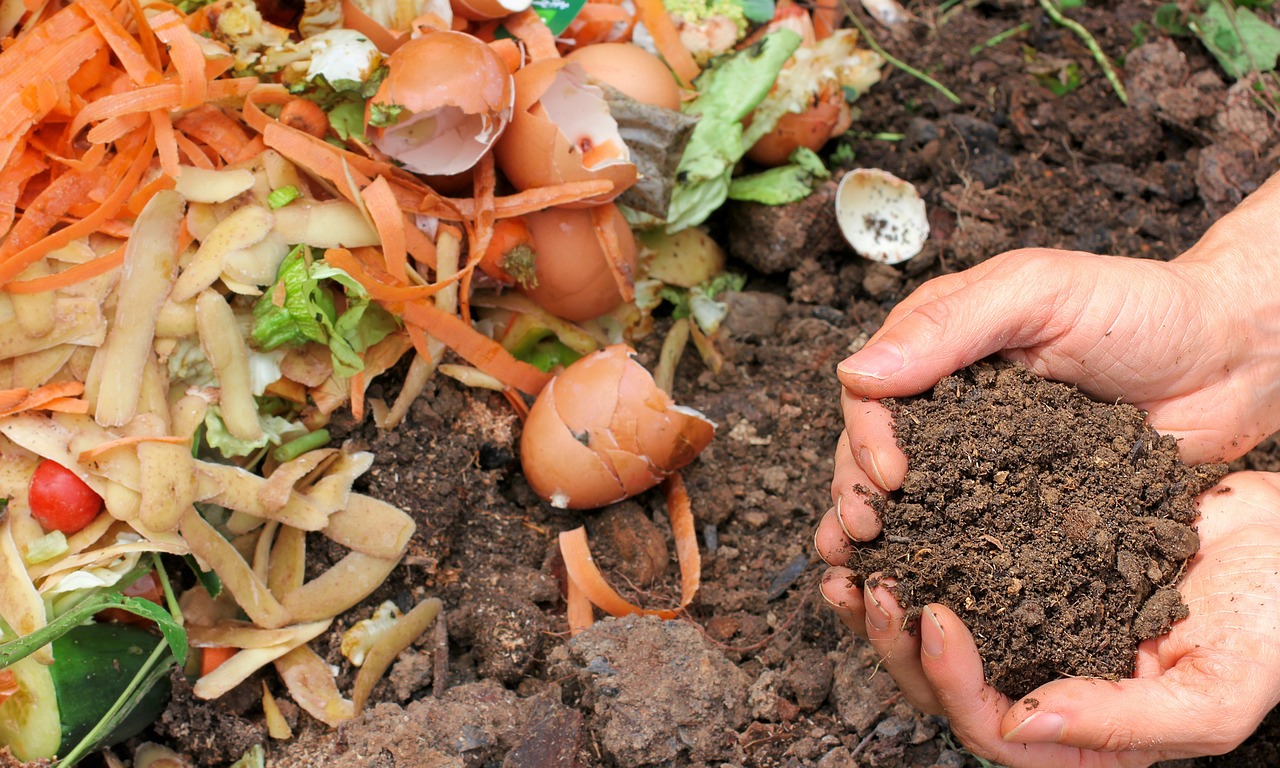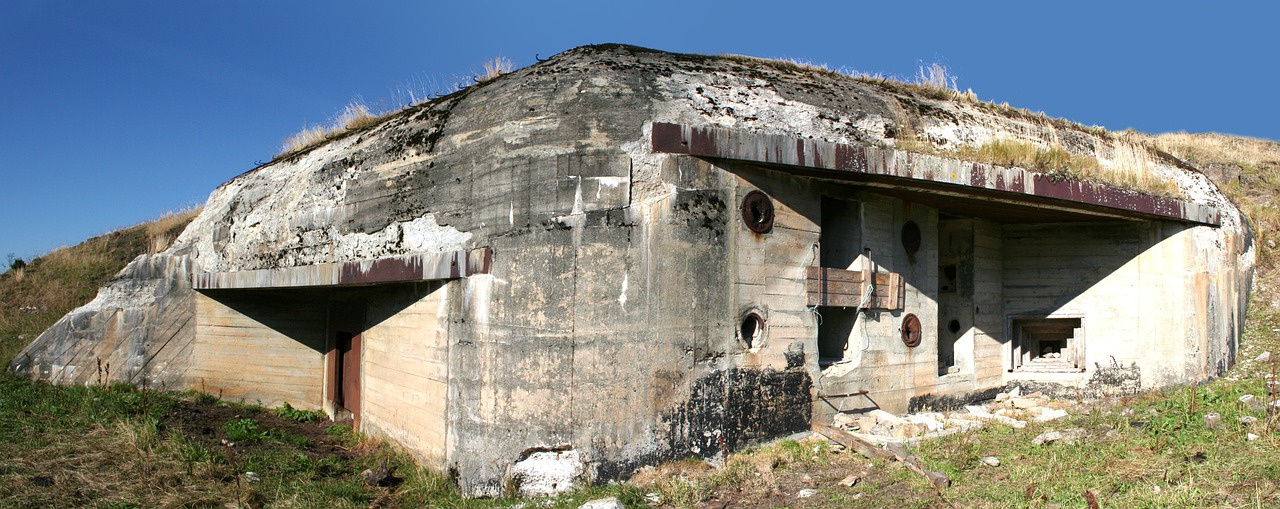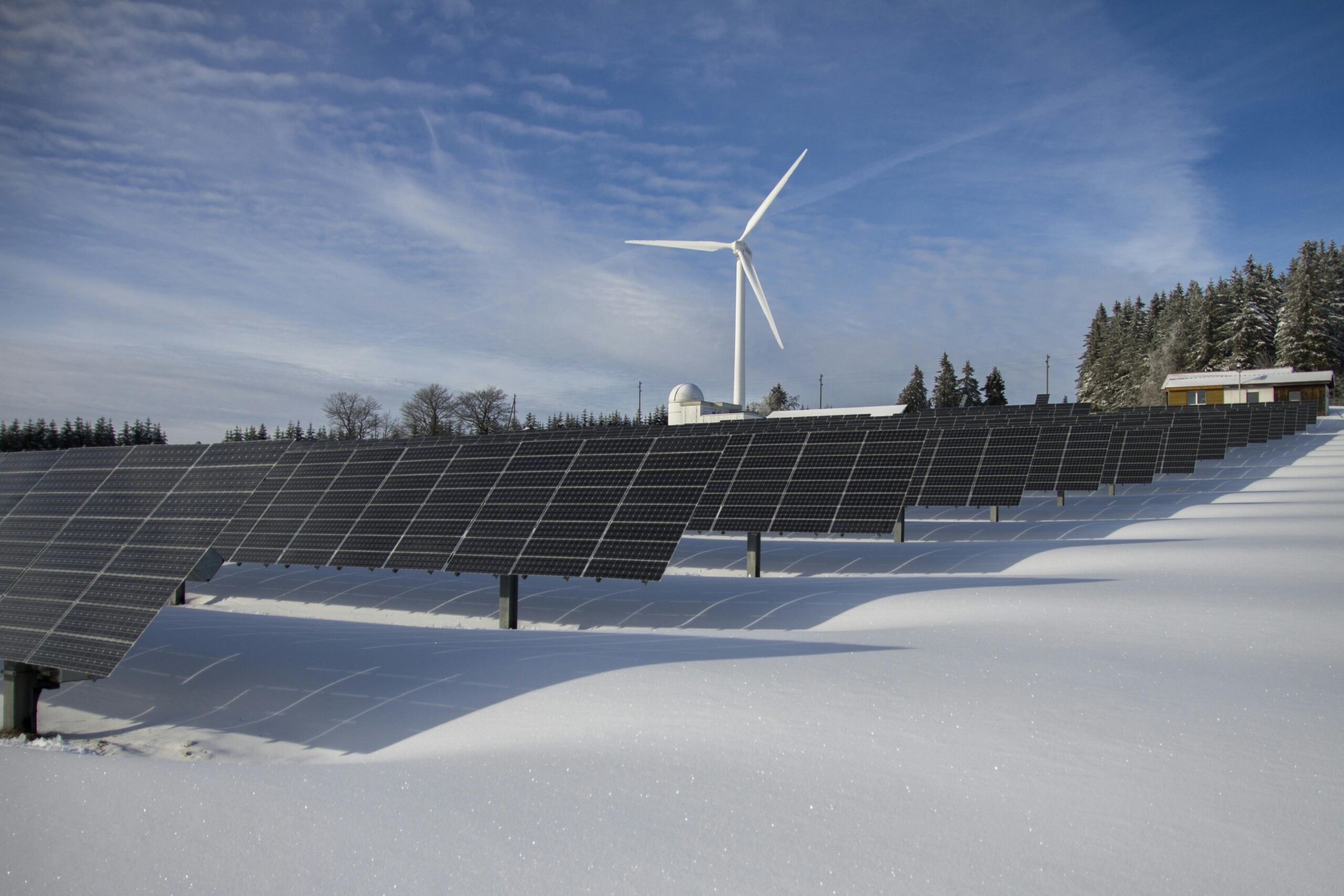Growing food and managing waste inside a bunker is like orchestrating a symphony in a confined space; every element must harmonize perfectly. You’ve got to employ innovative techniques such as hydroponics and vertical farming to maximize your limited area for crop production.
LED lighting isn’t just a choice; it’s a necessity for ensuring your plants get the right wavelengths of light to thrive. But what about the waste? You can’t just ignore it. Composting organic waste and implementing a bunker-specific wastewater treatment system are crucial for sustainability.
As you explore these methods, you’ll discover that managing this closed-loop system is not only feasible but can also be highly efficient. The question remains, how do you fine-tune this system to achieve balance and sustainability?
Key Takeaways
- Hydroponics and vertical farming techniques enable year-round cultivation of essential foods in a controlled setting, maximizing vertical space in a bunker.
- LED lighting, such as Spectrum AP673L LEDs from Valoya, promotes faster plant growth, better yields, and tailored light recipes that enhance flavor.
- Efficient waste management through composting closes the loop, effectively utilizing resources and providing nutrient-rich compost for plants in the bunker.
- Water treatment processes, including filtration and UV sterilization, ensure the sustainability of indoor farming operations by purifying and reusing water.
Understanding Hydroponics
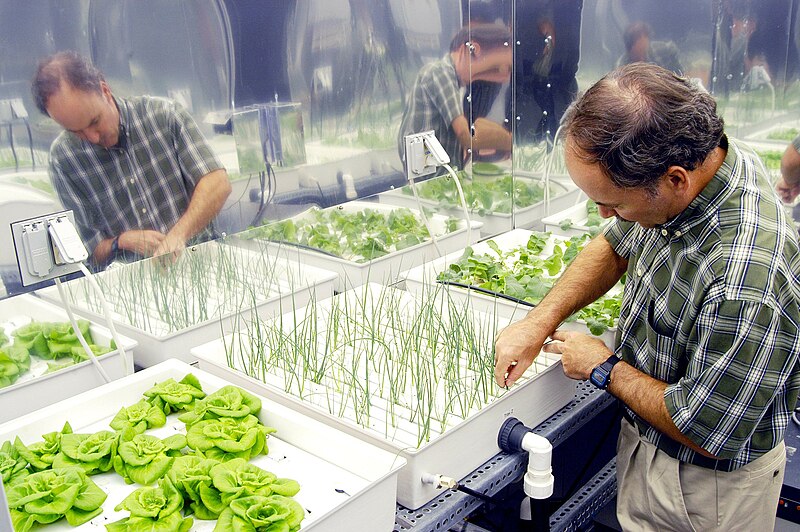
Hydroponics lets you cultivate plants in a controlled setting, utilizing precise lighting and water systems to optimize growth. This method streamlines the process of growing your food, especially in scenarios like living in a bunker where traditional farming isn’t feasible. By focusing on a medium to grow plants without soil, such as cocoa fiber or a canes mix, you’re able to maintain a cleaner, more efficient growing environment.
In a controlled environment, hydroponics offers various setups to suit your space and needs, including drip irrigation and net bucket systems. Each system has its unique benefits, but they all revolve around providing your plants with the exact nutrients and water they require for optimal growth. Drip irrigation, for example, delivers water and nutrients directly to the roots of your plants, minimizing waste and ensuring that each plant gets precisely what it needs.
Adapting hydroponics for survival purposes means you can grow essential foods like microgreens and tomatoes year-round, regardless of external conditions. It’s a versatile solution that supports sustainability and self-sufficiency, empowering you to produce your own food supply in a controlled, efficient manner.
Maximizing Vertical Space
As you plan your bunker’s garden, selecting the right plant varieties becomes crucial for vertical growth. You’ll also need to think creatively about shelving solutions that allow for efficient use of space. Lastly, ensuring each layer receives proper lighting will be key to promoting healthy plant development.
Choosing Vertical Plant Varieties
To maximize the vertical space in your bunker, it’s essential to choose plant varieties known for their upward growth habits. Opting for compact and dwarf varieties allows for trellising or stacked planting, making the most of your vertical space. For high efficiency, consider vining plants like tomatoes, cucumbers, and peas that can be trained upwards. Additionally, look for compact versions of sprawling plants to save space.
Enhancing your vertical garden with technology can also be beneficial. LED lighting is vital for growth, especially for plants higher up in the bunker. Consider using LED lights to provide the necessary light for your plants to thrive. Microgreens are another option that work well in shallow vertical setups, and they can flourish under LED lights.
This strategic selection, paired with LED lighting, ensures you’ll have a thriving vertical garden, even in the confined space of a bunker.
Innovative Shelving Solutions
Exploring innovative shelving solutions can significantly enhance your bunker’s capacity for vertical farming, making it easier than ever to grow a variety of plants in a limited space.
In bomb shelters, where horizontal space is a premium, utilizing adjustable shelving units can be a game-changer. These flexible systems allow you to adapt to different plant heights, optimizing space efficiency.
Consider implementing hanging shelves or racks, which enable plants to grow vertically, thus maximizing your cultivation area.
Furthermore, modular shelving systems offer the flexibility of customizable and expandable growing areas, perfectly suited for the dynamic needs of bunker farming.
Lighting for Growth Layers
For optimal plant growth in your bunker’s vertical farming setup, it’s crucial to select the right lighting. Spectrum AP673L LEDs from Valoya of Finland are designed to maximize yield and efficiency in confined spaces. These lights not only accelerate the growth process but also enhance the flavors of your crops, making every layer of your vertical farm more productive.
Maximizing Vertical Space: Implement LED lights to influence the life cycle of your plants positively, ensuring faster growth and better yields.
Lighting for Growth Layers: Implement LED lights to influence the life cycle of your plants positively, ensuring faster growth and better yields.
Continuous Improvement: Focus on experimenting with alternative lighting spectrums to grow larger crops and improve the turnaround time.
LED Lighting for Growth
Harnessing the power of LED lighting, you can significantly boost plant growth and crop quality in underground farming environments. Unlike traditional lighting, LED lights provide the optimal spectrum for plant growth. This means you’re not just lighting your plants; you’re giving them a tailored light recipe that accelerates their development and enhances their flavor. By fine-tuning the spectrum, LED lighting for growth allows the plant to receive precisely what it needs for faster growth and better yields.
Moreover, the introduction of alternative lighting spectrums opens up possibilities for growing larger crops underground. With LED lights, you’re not stuck with a one-size-fits-all approach. You can experiment and find the perfect light recipe for whatever you’re growing, ensuring continuous improvement in both the variety and turnaround time of your crops.
LED lighting also stands out for its efficiency. Especially in hydroponic setups where space and ceiling height are limited, LED lights are the go-to choice. They consume less electricity, allowing for maximizing yield and efficiency in the confined spaces of an underground farm.
Composting Organic Waste
As you transition from learning about LED lighting to managing organic waste, it’s crucial to focus on two key points: choosing the right bin and understanding the composting process steps.
Selecting an appropriate compost bin ensures you’re effectively managing waste within the limited space of a bunker.
Next, you’ll need to grasp each step of the composting process to transform your organic waste into nutrient-rich soil for your bunker garden.
Choosing the Right Bin
Choosing the right composting bin, tailored to your bunker’s size and the type of organic waste you’ll be dealing with, is crucial for efficient waste management. It’s not just about managing waste; it’s also about creating a sustainable cycle to grow food. Here’s how to pick the perfect bin:
Size and Location
- Consider your bunker’s space to ensure the bin fits well.
- Evaluate the type of waste for optimal bin capacity.
Features for Efficiency
- Look for well-ventilated, durable designs to avoid odors and leaks.
- Ensure the bin has a secure lid to deter pests, yet allows for aeration and moisture control.
- Opt for a bin with a built-in mechanism for easy mixing or turning, aiding in faster decomposition.
Composting Process Steps
After selecting the right compost bin for your bunker, you’ll need to understand the steps involved in turning your organic waste into compost.
Start by gathering organic waste materials like food scraps, yard waste, and paper products. Layer these in your compost bin with leaves, grass clippings, and soil, to kickstart the composting process.
It’s crucial to keep this mix moist and well-aerated by regularly turning it. This promotes decomposition efficiently. Monitoring the internal temperature is key; aim for 135-160°F for the best breakdown of materials.
In 2-6 months, you’ll find the compost dark, crumbly, and emitting an earthy smell. This indicates it’s ready to enrich your bunker’s plants, closing the loop in managing waste effectively through the composting process steps.
Bunker Waste Water Treatment
How does bunker waste water treatment ensure the sustainability of indoor farming operations? By effectively managing waste, this process plays a crucial role in maintaining a clean and efficient environment for growing food underground. The treatment involves several steps to ensure the water returning to your plants is as pure as possible, contributing significantly to the success and productivity of your farming efforts.
Filtration Systems
- Physical filtration removes solid particles.
- Chemical treatment eliminates harmful substances.
- Biological processes break down organic matter.
Advanced Technologies
- Reverse osmosis purifies water at a molecular level.
- UV sterilization ensures the water is safe for reuse.
Properly managing waste through bunker waste water treatment is essential for creating a sustainable and hygienic environment. It’s not just about removing the bad stuff; it’s about recycling water in a way that supports your indoor farm’s ecosystem. By implementing efficient water treatment systems, you’re not only ensuring the cleanliness of your water supply but also contributing to the overall sustainability of your bunker’s farming operations.
Sustainable Energy Solutions
Implementing sustainable energy solutions in your bunker not only reduces your environmental footprint but also ensures a consistent power supply for all your needs. By tapping into renewable sources like solar and wind power, you’re making a choice that supports the planet and your good health. With solar panels and wind turbines, you can harness the energy needed for lighting, heating, and running essential equipment without relying on traditional, polluting energy sources.
To make the most of these renewable resources, consider adding energy storage solutions like batteries or flywheels. These can store excess energy generated during peak production times for use when energy generation is low, guaranteeing you always have power when you need it. Moreover, switching to efficient lighting systems such as LEDs drastically cuts down your energy consumption.
Smart energy management systems further optimize your bunker’s energy use, ensuring you’re using power in the most efficient way possible. By integrating waste management strategies like composting and recycling, you’re not just managing waste better but contributing to a sustainable energy ecosystem.
These sustainable energy solutions are key to maintaining your bunker’s operations while prioritizing the environment and your well-being.
Conclusion
In conclusion, growing food and managing waste in a bunker’s unique environment is entirely feasible with the right approach. By leveraging hydroponics, you’ll skip the need for soil, maximizing vertical space lets you grow more in less room, and LED lighting ensures your plants thrive.
Composting organic waste and treating wastewater in-bunker keeps your operation sustainable. Plus, adopting sustainable energy solutions helps power everything efficiently. With these strategies, you’re well on your way to a self-sufficient bunker farm.

